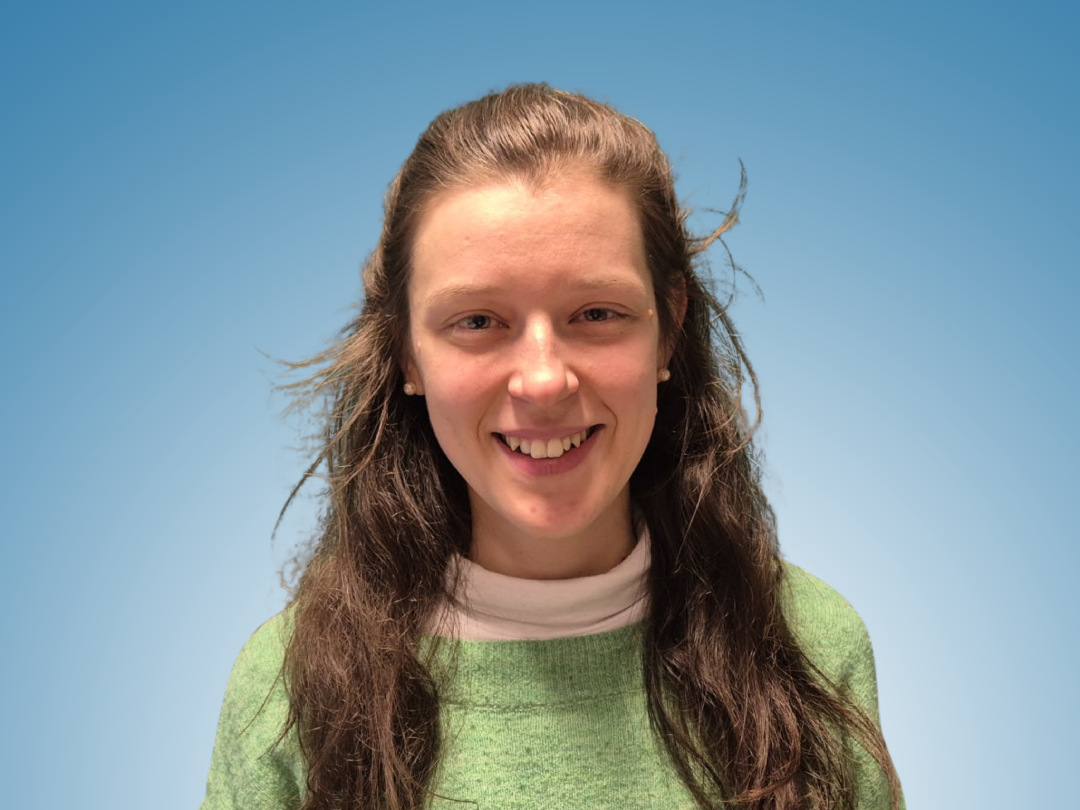What is multispectral observation with Sentinel?
Multispectral observation captures images of the Earth’s surface in several parts of the light spectrum—including visible, infrared, and near-infrared bands. These images are collected by satellites such as Sentinel-2, part of the European Copernicus program.
Each surface—whether it’s water, vegetation, or urban infrastructure—reflects light differently across these spectral bands. By analyzing those differences, you can reveal patterns and changes not visible to the naked eye. This makes it possible to monitor crop health, estimate soil moisture, or track shifts in land use.
Sentinel-2 provides continuous, detailed data over wide areas, making it an essential tool for environmental monitoring, agriculture, spatial planning, and GIS workflows.
In this course, you’ll not only understand how multispectral observation works—you’ll learn how to use it effectively. You’ll process real data, develop workflows, and build the confidence to run advanced spatial analyses independently.
What will you learn in this blended learning course?
This course teaches you how to work with Sentinel-2 imagery for real-world Earth observation. You’ll explore how multispectral data helps you uncover environmental changes that can’t be seen with the naked eye—such as wildfire impact, land cover changes, and vegetation stress. You’ll also learn how to analyze chlorophyll levels using Sentinel-2’s coastal bands.
A key feature of this course is the Graph Builder tool. You’ll use it to design visual workflows that simplify satellite image processing. With access to real datasets and ready-made sample files, you can apply what you learn right away—on your own device.
You’ll also dive into essential techniques like atmospheric correction and data preparation. By learning how to convert raw imagery into actionable insights, you’ll gain the skills to support meaningful geo-information projects. By the end, you’ll be confident working independently with Sentinel-2 data.
Why choose this multispectral observation course?
Blended learning gives you the best of both worlds—interactive live sessions and flexible, self-paced study—so you can build real, job-ready skills in satellite image analysis. In this course, you’ll work directly with Sentinel-2 imagery and apply remote sensing techniques to real environmental and land use challenges.
We kick off with a live session where you’ll start exploring satellite data right away. With help from expert Earth observation trainers, you’ll learn how to calculate NDVI, assess vegetation health, and create custom processing workflows using Graph Builder.
Next, our self-paced modules let you build your knowledge at your own pace. You’ll explore key topics like spectral bands, atmospheric correction, and land cover classification. You’ll practice using real Sentinel-2 data and refine your ability to turn images into clear, visual insights.
Then, in a second live session, you’ll apply what you’ve learned to realistic case studies. You’ll troubleshoot challenges, fine-tune your techniques, and get personalized feedback to strengthen your results.
One of the course’s standout features is its case-based structure. You’ll create deliverables like vegetation maps and burn area reports—practical tools that you can use immediately in your own projects.
By combining expert-led instruction with hands-on practice, this course helps you move beyond the basics. By the end, you’ll know how to extract powerful insights from Sentinel-2 data—and apply them confidently in your work or studies.
